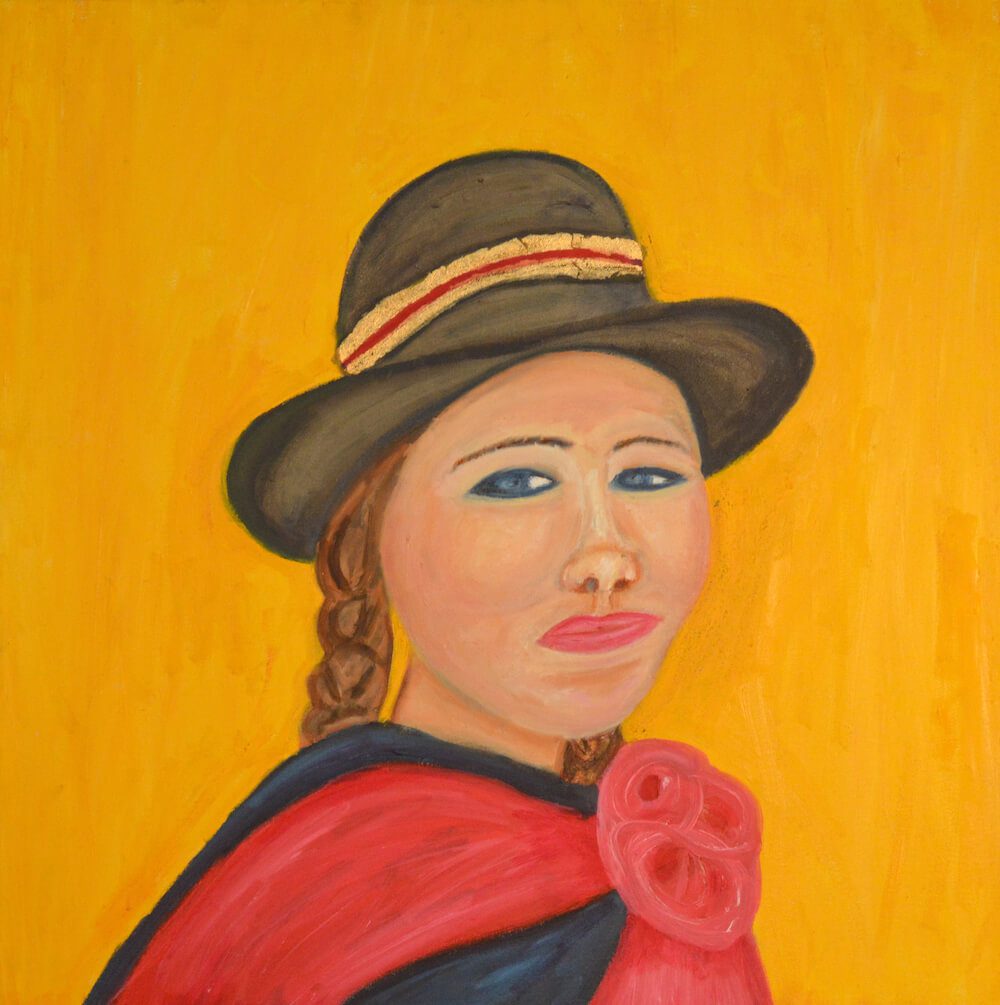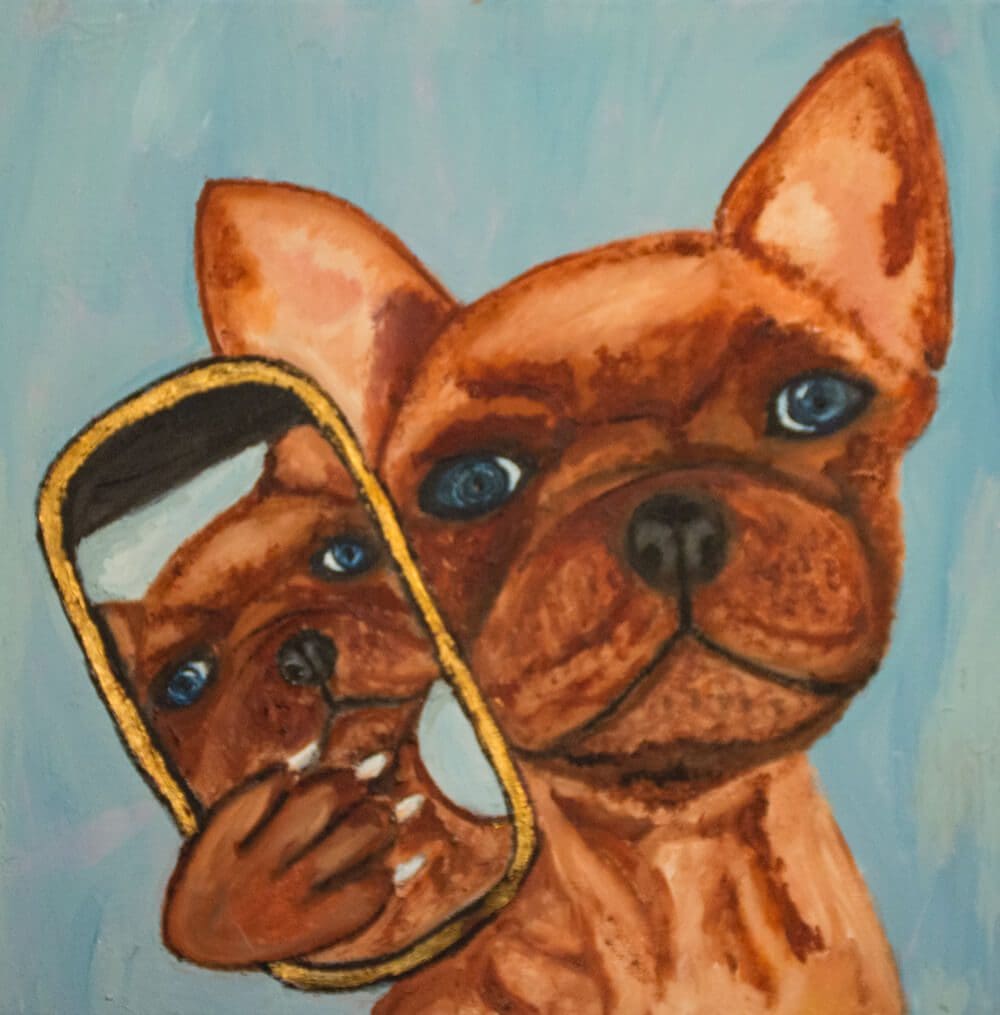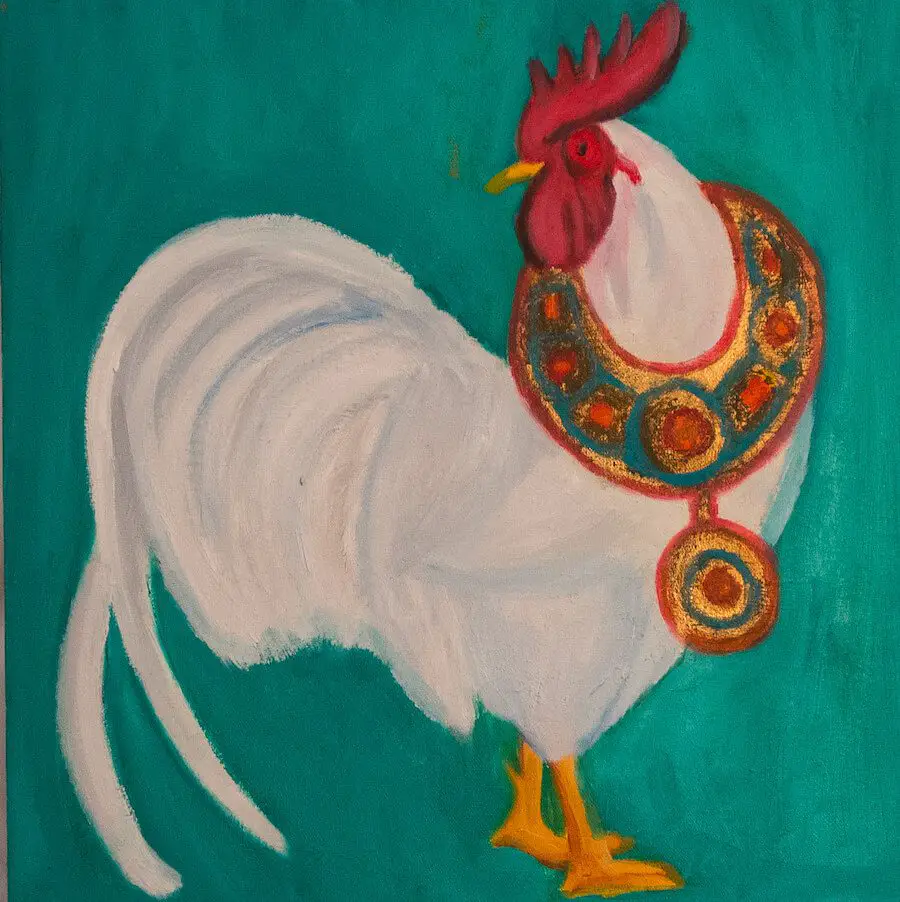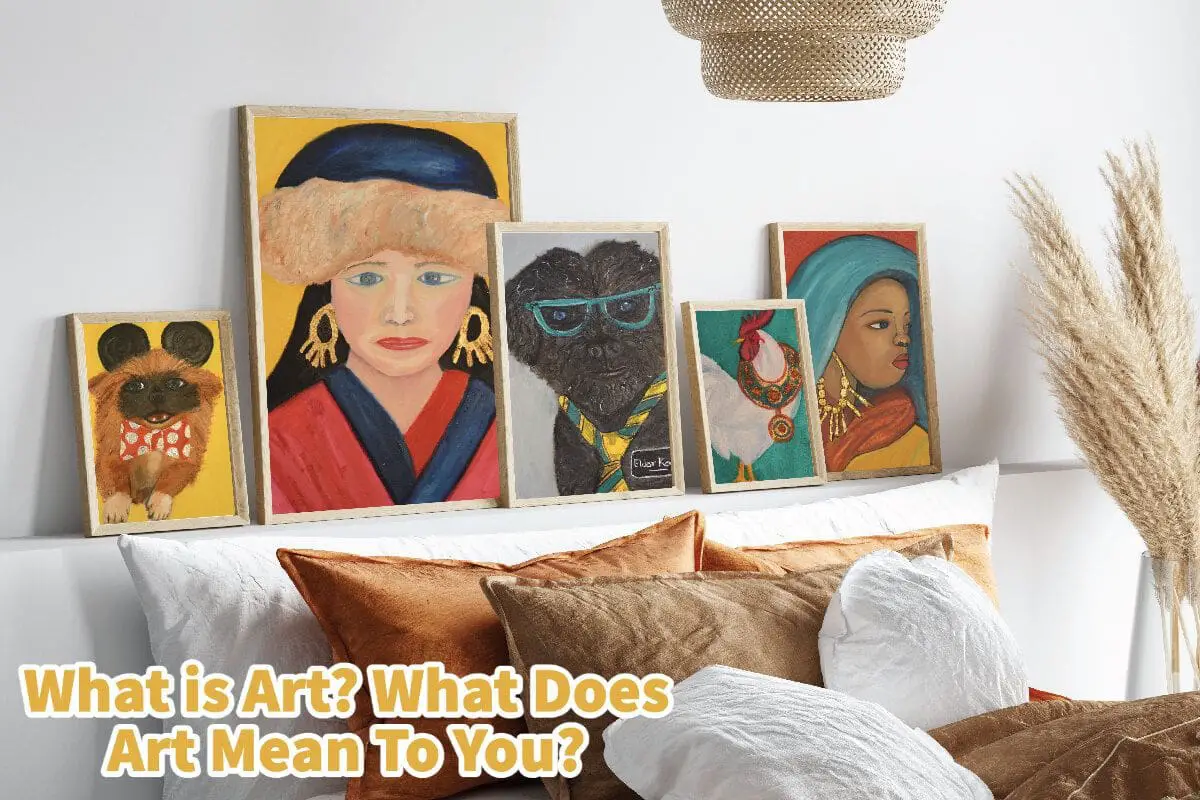Art is one of those disciplines that people wonder what art means and if art and viewing and understanding art should matter. In other words, is art important?
Art is about human creative skills and imagination that come out in a creative visual form; art such as painting, sculpturing, and photography are all visual art forms. Art should matter to society as it is through art that the creators of art and the viewer can gain new and rich understandings about themselves, their lives, history, and society.
Table of Contents
- What Is Art?
- Art As A Verb
- What Does Art Mean To You?
- 10 Reasons Why Art Holds Profound Significance for Me
- Frequently Asked Questions About Art
- Related Questions
What Is Art?
“What Is Art?” is a question that humankind has been asking itself since the very beginning. I wonder when our cavemen ancestors drew their cave art if they turned around and exclaimed, “now that is art!”
The Oxford Dictionary defines art as the following:
“The expression or application of human creative skill and imagination, typically in a visual form such as painting or sculpture, producing works to be appreciated primarily for their beauty or emotional power.
‘the art of the Renaissance’
The various branches of creative activity, such as painting, music, literature, and dance.
‘the visual arts’
As the Oxford Dictionary points out, art is about human creative skills and imagination that usually takes place in a visual form. Under this definition, our ancestor’s cave dweller’s drawings are a form of art.
Art is about creating something that helps to make the world more beautiful while at the same time evoking the emotional power of others when they see or view the art. That is why the artist – any artist – leaves their mark on the world.
The question “What is art?” can get confusing as the branch of art can also include a host of other areas that are not all visual, such as literature or poetry. Other forms of artistic expression, such as dance or music, are also considered art forms.
Art may also be called visual art, which is visual art. Visual art can include art with diverse media such as painting, sculpturing, printmaking, decorative arts, drawing, photography, and installation.
Even within art itself, there can be variations in that, not all art is created just for the beauty of the art. A quilter may make a visually appealing quilt that can also be used as a blanket or bed cover. A potter may create a beautiful pot to hold fresh flowers.
Art can also be further divided up culturally, such as Native American Art, African Art, Asian Art, Central Asian Art, Egyptian Art, Islamic Art, Oceanic Art, European Art, American Art, South and Central American Art, and more.
Art As A Verb
Art should be a verb, as art is something that human beings have done and created since the beginning of time. Here are some reasons why art is a verb, especially for artists who are creating works of art:
- Art is an expression of our thoughts, emotions, and desires – The art we create is a sum expression of our reviews, feelings, and desires and, in a sense, who we are. Each time artists create a work of art, they give a part of themselves and their thoughts to the world.
- Art is personal – To an artist – Art is about how an artist sees the world; they share how they see it when they create a work of art.
- Art expresses our beliefs without words – For visual arts such as painting, the artist is expressing to us their beliefs and who they are without using any words.
All these things make art a personal endeavor for artists and those who view and experience the art. Art is a verb because whether you are the artist or the viewer, you actively participate.

What Does Art Mean To You?
What art means to you is and can be a highly personal question. What one person thinks is a brilliant piece of art, another may wonder how anyone can think it is even art.
Art should matter to us as there are so many things we can learn and gain from not just creating but also viewing and understanding the art around us.
Here are some things to think about when viewing or creating art:
Art Imitates Reality
In some way, art imitates reality. The artist paints a vase, and even if they copied it precisely as they see, it is an imitation of the vase and not the actual vase.
That is why art is known to be an imitation of reality; it may be an exact copy, or maybe it is not, but in both cases, art is somehow imitating reality.
Art Evokes Human Emotion
For some artists, the goal of art may not be to create something beautiful but to evoke human emotion or express something. Art causes people to think about the art itself or its meaning.
That is why when you view a painting or work of art, you may feel something about that painting; it has evoked your human emotions.
Art Helps Tell You Who You Are
Art can help you to see who you are. The emotions the art has evoked can help you connect to your inner self. Art helps to show you who you are, what you care about, and even what you stand for and why.

Art Can Introduce You To New Ideas
Art can show you who you are and what matters most to you, but art can also introduce you to a new set of ideas and experiences you may have never witnessed or experienced before.
Through art, you can reach a deeper understanding of your emotions you may have never known that you had. This also helps you look within yourself and better understand yourself.
Art As A Form Of Activism
Art can touch people at their core and evoke change. Art has been used for centuries to promote activism or make a political statement.
Artists have used art to try to evoke change in the hearts and minds of those who view and experience art.
Art Helps Us Understand History
Through art, we can learn and understand history, whether our past or the history of those who lived in another time and place. Art can be our guide through history.
Art matters. Art is an integral part of all societies. Because of this, art should be important to everyone, whether you are the artist who creates works of art or those who are viewing the works of art. Art is essential and does matter.

10 Reasons Why Art Holds Profound Significance for Me
Art has been a consistent source of inspiration, reflection, and connection throughout my life. Whether I’m standing in front of a masterpiece in a museum or simply admiring a street mural, art speaks to me on many levels. Here are ten reasons why art is so deeply significant:
- Window to History: Art is a testament to different eras, showcasing events, movements, and milestones. When I gaze at historical pieces, it feels as though I’m traveling back in time, reliving moments that shaped our world.
- A Glimpse into Cultures: I can explore diverse cultures through art without ever leaving the room. It offers insights into traditions, beliefs, and lifestyles, enriching my understanding and appreciation of the global community.
- Showcase of Humanity: Every piece of art tells a story about its creator. Art reveals artists’ joys, struggles, hopes, and fears, connecting me more to the vast spectrum of human experiences.
- A Portal to Places: Art transports me to different real and imagined places. From the serene countryside in Monet’s paintings to the bustling streets in Van Gogh’s works, I can travel the world and beyond through the canvas.
- Evoking Emotions: Few things move me as deeply as a powerful piece of art. It has the ability to produce a myriad of emotions, from the profound calm I feel while looking at a serene landscape to the raw grief evoked by war-themed artworks.
- Stimulating Creativity: Whenever I engage with art, it stirs my imagination and creativity. It encourages me to see the world in different hues and from unique perspectives, enriching my personal and professional endeavors.
- A Universal Language: Art transcends language barriers. No matter where I am, I can connect with art without the need for translation, making it a universal medium for communication and understanding.
- Therapeutic Nature: For me, both creating and observing art can be therapeutic. It offers an escape, a way to process emotions, and a platform for expression. Whether I’m sketching, painting, or simply admiring, art brings tranquility and clarity.
- Challenge in Interpretation: Art isn’t always straightforward, and I relish the challenge of interpreting its myriad layers. The ambiguity and subjectivity mean that each viewer can have a unique takeaway, adding to the richness of the experience.
- Preservation of Moments: Just as a photograph captures a moment in time, art immortalizes emotions, landscapes, events, and more. It ensures that the essence of these moments remains accessible for future generations.
Art is a multifaceted gem that enriches my life in countless ways. It’s a bridge to the past and a beacon for the future, highlighting our shared human journey’s beauty, complexity, and depth.
Anita Louise Art is dedicated to art education, great artists, and inspiring others to find and create their art. We love art that uplifts and inspires. #ArtToMakeYouSmile! #ArtToMakeYouHappy!
If you want to see any of my art, you can find out more by clicking here. If you are interested in what inspires me and my paintings, you can discover more by clicking here.
We have a free newsletter and would love you to be part of our community; you can subscribe to the newsletter by clicking here. If you have any questions, I would be happy to talk to you anytime. You can reach me, Anita, by clicking here.
Subscribe to our Anita Louise Art YouTube Channel with great videos and information by clicking here.
Join us for our podcast “5 Minutes With Art.” Spend 5 minutes a week with us to discover and learn about great art and artists. You can find out more about our podcast by clicking here.
Frequently Asked Questions About Art
What is art?
Art is a broad and subjective term that refers to the expression of creativity and imagination through various mediums such as painting, sculpture, music, literature, and dance.
What is the purpose of art?
The purpose of art is to evoke emotions, provoke thought, and communicate ideas, experiences, and values. It can also be used for entertainment, education, and cultural expression.
What is the difference between fine art and applied art?
Fine art is created for aesthetic purposes and has no practical function, while applied art is functional and has a specific purpose, such as fashion design or graphic design.
What is the meaning of art?
The meaning of art is subjective and can vary depending on the artist’s intent, the context in which it was created, and the viewer’s interpretation.
What are the elements of art?
The elements of art are the building blocks used to create visual art, including line, shape, form, color, value, texture, and space.
What are the principles of art?
The principles of art are the guidelines used to organize and unify the elements of art, including balance, contrast, emphasis, movement, pattern, rhythm, and unity.
Who determines what is considered art?
Art is subjective, and what is considered art is determined by individuals, cultural norms, and societal values.
How does art reflect society?
Art reflects society by expressing the cultural, political, and social values of a particular time and place. It can also challenge societal norms and promote change.
How does art impact society?
Art impacts society by inspiring, entertaining, educating, and communicating. It can also promote social change and contribute to economic growth.
What is the role of the artist in society?
The artist’s role in society is to create, inspire, and challenge the status quo. They can also be cultural ambassadors, documenting and reflecting the values and beliefs of a particular society or community.
Related Questions
Why Do People Say, ”Life Is Like Drawing Without An Eraser?
Often, artists, myself included, will use an eraser to remove any marks or measurements we may have made on a paper to measure out and organize their drawings or artwork on their canvas or paper. For most artists having a good eraser is essential.
By clicking here, you can learn more by reading Why Do People Say, ”Life Is Like Drawing Without An Eraser?.
Meaning Of “Art Speaks Where Words Are Unable To Explain”
“Art speaks where words are unable to explain” means that words, even though compelling and not always able to convey the message as Art can convey it. Words are powerful, but an image or piece of art can be much more powerful than the spoken or written word.
By clicking here, you can learn more by reading Meaning Of “Art Speaks Where Words Are Unable To Explain.”
Is Communism Good For The Arts?
Communism is not suitable for art, and for many artists under Communism, art should have a purpose and way to help further the communist ideals and ideology. In a Communist society, many artists are labeled as dissidents; others are forced to use their talents to create propaganda art.
By clicking here, you can learn more by reading Is Communism Good For The Arts?.

